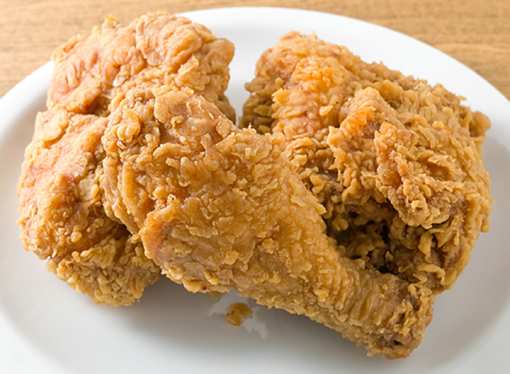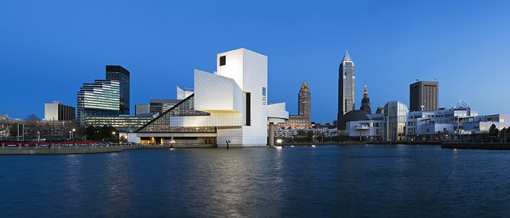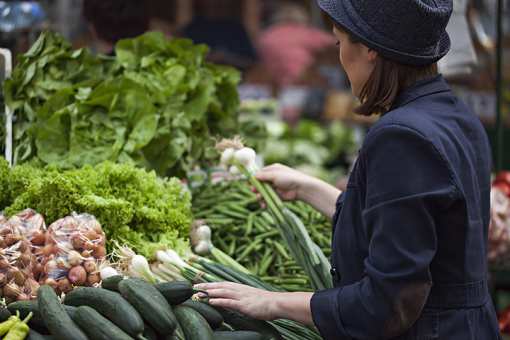Mission of the Western Reserve Historical Society
To inspire people to discover the American experience by exploring the tangible history of Northeast Ohio.
Our Core Values
The core values of the Western Reserve Historical Society rest upon four common words with particular meaning for an institution dedicated to preserving and sharing the history of the people and communities of Northeast Ohio. These words, and the manner in which they relate to our mission, constitute a promise to our community a promise of integrity, stewardship, connectivity, and innovation.
About Us:
Northeastern Ohio's cultural roots begin with the native American populations who first inhabited the area some 10,000 years ago. In 1662 the area became part of the colony of Connecticut whose royal charter granted it a swath of land extending across the continent to the Pacific Ocean. After the formation of the United States, Connecticut ceded most of its western lands to the national government but exempted approximately 3,400,000 acres lying north of latitude 41 degrees and extending 120 miles westward from the Pennsylvania border. This became its Western Reserve. In 1795 it sold most of this land to a group of investors who had formed the Connecticut Land Company and in the following year the company began the survey of the land to prepare it for sale. The survey party was led by Moses Cleaveland, the namesake of Cleveland, Ohio.
Initial settlement of the area was sporadic and slow, however by the 1820s, the region began to prosper. The first settlers and the towns they established reflected the culture of Connecticut and New England. However, as the region prospered it became a destination for migrants of all backgrounds and the region became increasingly diverse in terms of race, ethnicity and religion. With the growth of industry in cities such as Cleveland, Lorain, and Akron during the late nineteenth century demographic diversity increased markedly - so much so that by 1920 two-thirds of the population of Cleveland was of foreign birth or parentage. In the years since 1965 new immigration streams have added markedly to the cultures and communities within the region.






